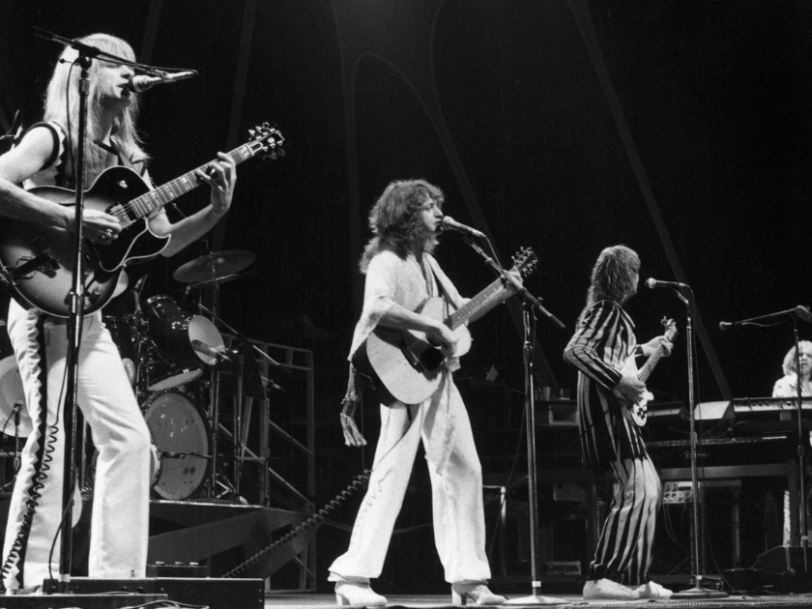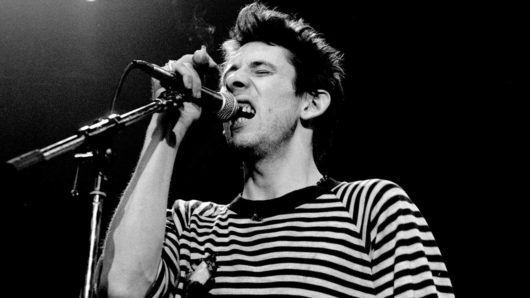Emerging from London’s vibrant late-60s psychedelic scene, Yes embarked upon a jaw-dropping voyage of dazzling experimentation that would quickly establish the group as one of progressive rock’s most enduring and influential acts. As this guide to Yes’ line-ups shows, despite undergoing numerous personnel changes and stylistic shifts, the group have always retained their commitment to musical exploration, achieving wonders in carving out a unique legacy that spans over five decades. As Yes’ sound has evolved from the intricate, symphonic stylings of their early albums to more commercial forays into new-wave-era pop-rock, they have always maintained a distinct musical identity.
However, keeping track of the talented musicians who have been part of Yes’ line-ups over the years can be challenging. Here, then, is our comprehensive breakdown of each Yes line-up: a complete list of every band member, their respective eras, and the albums they appeared on.
Listen to the best of Yes here.
1968-1970: The early years
The band members
Jon Anderson: lead vocals (joined 1968)
Peter Banks: guitars, backing vocals (left 1970)
Chris Squire: bass, backing vocals (joined 1968)
Tony Kaye: organ, piano (joined 1968)
Bill Bruford: drums, percussion (joined 1968)
The studio albums
Yes (1969)
Time And A Word (1970)
The story
The origins of the iconic prog-rock band Yes can be traced back to April 1968, in London, England. It all began when singer Jon Anderson first encountered bassist Chris Squire at La Chasse Club, on Wardour Street, in Soho. After Anderson joined Squire’s psychedelic rock group Mabel Greer’s Toyshop, the pair began collaborating on early Yes songs such as Sweetness. Together, they played gigs around London, performing at venues including The Marquee and The UFO Club with Mable Greer’s Toyshop founder, guitarist and singer, Clive Bayley.
While bandmates Peter Banks and Robert Hagger decided to pursue new ventures, drummer Bill Bruford responded to an advertisement in Melody Maker magazine, and met with Anderson, Squire and Bayley to rehearse at the Lucky Horseshoe Café, on Shaftesbury Avenue. However, it was only after Tony Kaye’s arrival and Clive Bayley’s departure that the group decided to change their name, officially becoming Yes.
As the early sound of Yes started to take shape, Peter Banks rejoined the group, and he became the original guitarist on their self-titled debut album, released in 1969. Leaning into the prevailing psychedelia of the day, Squire’s bass work and Bruford’s jazz-inspired drumming was instantly iconic, while Anderson’s strident vocals spotlighted the group’s potential. Without a doubt, Yes were part of a wave of bands who were inspired by The Beatles – particularly their genre-defying spirit of adventure and their approach to overdubbing in the studio – yet who were creating something uniquely their own.
This early Yes line-up continued into 1970, as they released their second album, Time And A Word, on which a small orchestra of brass and string players helped the band develop a more symphonic-rock-oriented sound. Finding himself at odds with the rest of the band’s fondness for orchestral arrangements, Peter Banks was dismissed from Yes during their 1970 tour, leaving the group with a vacancy for a new guitarist…
Must hear: Looking Around




